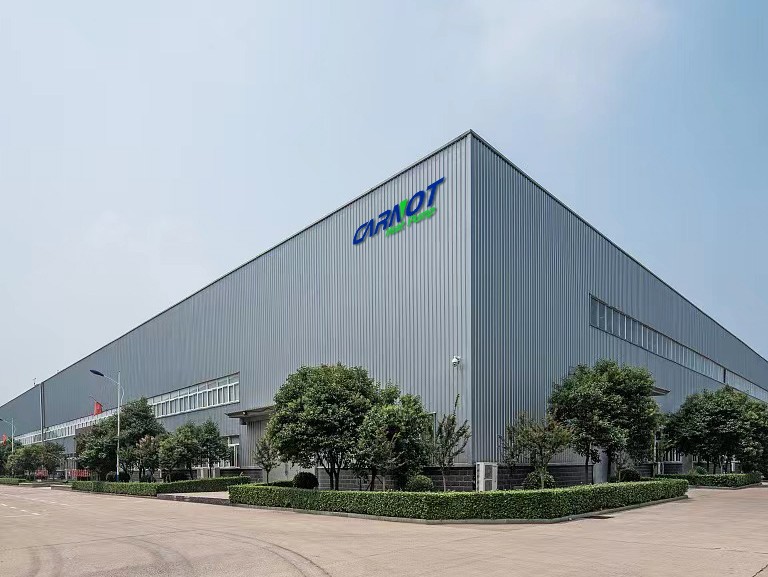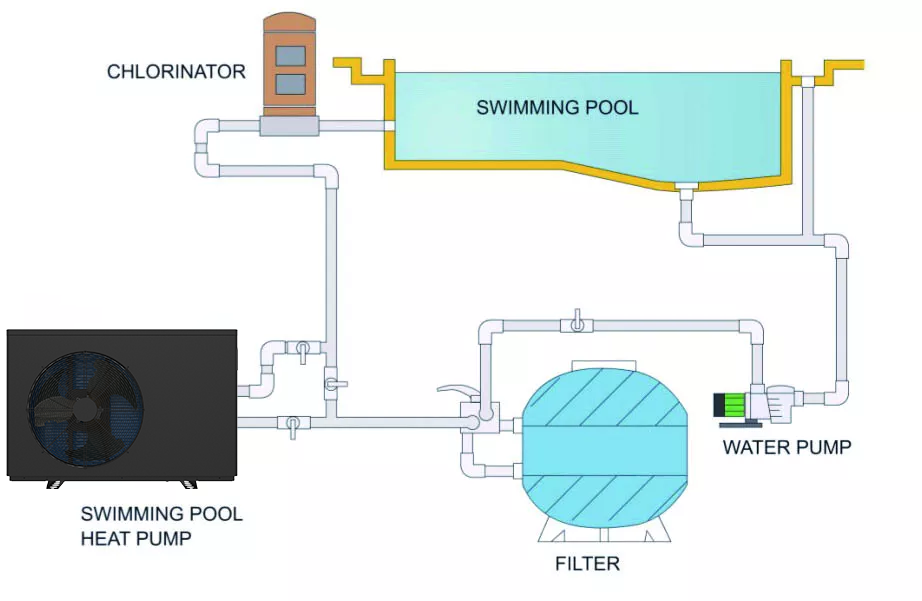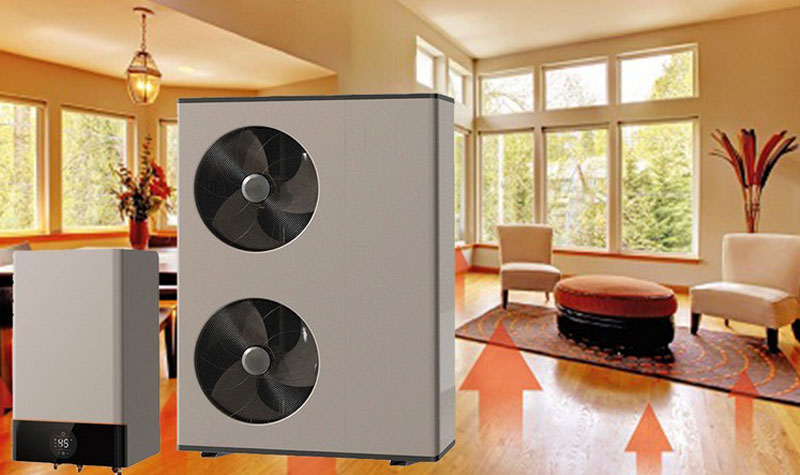ABOUT US
Carnot Heat Pump was established in 2010, with a registered capital of 10 million yuan, an annual sales volume of 100,000 air source heat pumps, and an annual sales revenue of 60 million yuan. It is a global provider of solutions for heating & cooling, and has a deep understanding of customer needs, promotes the international development strategy, introduces foreign advanced equipment to build a global laboratory and testing center, and provides high-tech energy-saving heat pumps for global customers and partners. At present, the self-developed "ultra-low temperature heat pump technology" has been widely used in many countries and regions around the world. The company mainly develops, processes, manufactures, sells, and installs air source heat pumps, including pool heat pumps, heat pumps for house heating, heat pump water heaters, air purifiers, water purification processors, heat pumps with solar photovoltaics, refrigeration products, and supporting electronic products for living appliances. With factory based in Foshan, Guangdong, China, Carnot Heat Pump has established R&D and trade centers in Beijing, Yunnan, Shanghai, Shenzhen, Guangzhou, Hong Kong, and other cities, covering an area of about 800,000 square meters, and has joined hands with more than 2,000 agents and dealers across the country. More than 10,000 People serve the new energy cause together, and have made great contributions to the new energy cause in China and also the world! In future development, we will continue to be committed to corporate brand building, continue to consolidate the status and influence of the company, and move towards a more solid and ambitious goal. After years of development, the company strives for survival through product quality, listening to the opinions of customers, and continuously improving the air source heat pumps, so that the company's products are continuously improved to meet the needs of the market and get the recognition of customers.



